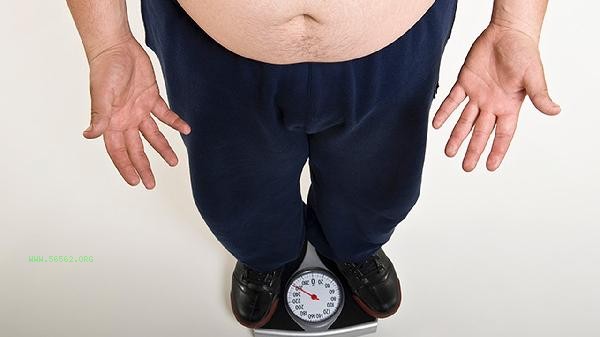Stagnation of weight loss during the weight loss process is a common phenomenon, usually related to metabolic adaptation, fixed dietary and exercise patterns, and other factors. After rapid weight loss in the early stages, the body will activate self-protection mechanisms to reduce basal metabolic rate and decrease energy expenditure. At this point, the original calorie deficit in the diet may be offset, resulting in no further weight loss. Suggest recalculating the current daily calorie requirement, adjusting the dietary structure, and appropriately increasing the protein ratio to 1.2-1.6 grams per kilogram of body weight. Choose high-quality protein sources such as chicken breast, shrimp, and tofu, and replace refined carbohydrates with coarse grains such as oats and brown rice. Perform resistance training 3-4 times a week to increase resting metabolic rate by increasing muscle mass, using composite movements such as squats and plank supports. In rare cases, pathological factors such as hypothyroidism, polycystic ovary syndrome, and other endocrine disorders may affect weight loss outcomes. If accompanied by symptoms such as fatigue, hair loss, menstrual disorders, or if there is no change after strictly adhering to the plan for more than a month, it is necessary to seek medical attention and check hormone levels. Certain medications such as antidepressants and glucocorticoids may also cause difficulty in weight loss, and it is necessary to consult a doctor to evaluate the medication plan.

It is recommended to adopt an intermittent adjustment strategy, arranging a 5-7 day dietary relaxation period every 4-6 weeks to increase calorie intake to a maintenance level and help regulate hormone secretion such as leptin. Record detailed diet and exercise logs, paying attention to changes in indicators such as body fat percentage and waist circumference. Maintain 7-8 hours of high-quality sleep daily, manage stress levels, and elevated cortisol levels can promote fat accumulation. You can try changing the form of exercise from running at a constant speed to interval training, or adding fun activities such as swimming and ball games. The weight plateau period is a process of rebuilding balance in the body, which requires patient adjustment of the plan rather than excessive dieting.










Comments (0)
Leave a Comment
No comments yet
Be the first to share your thoughts!